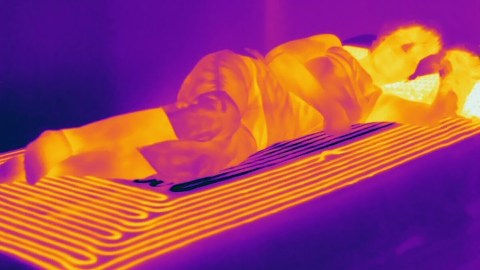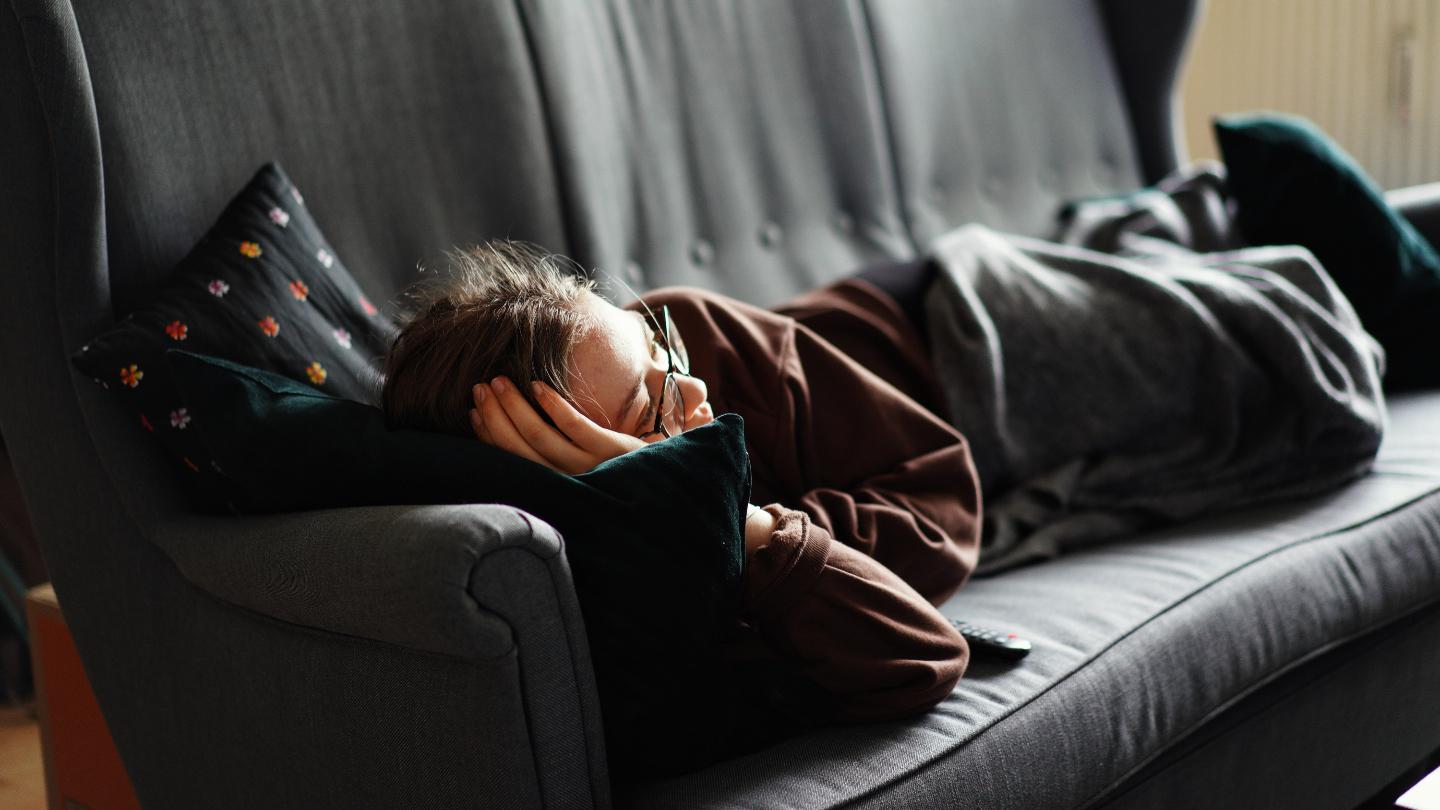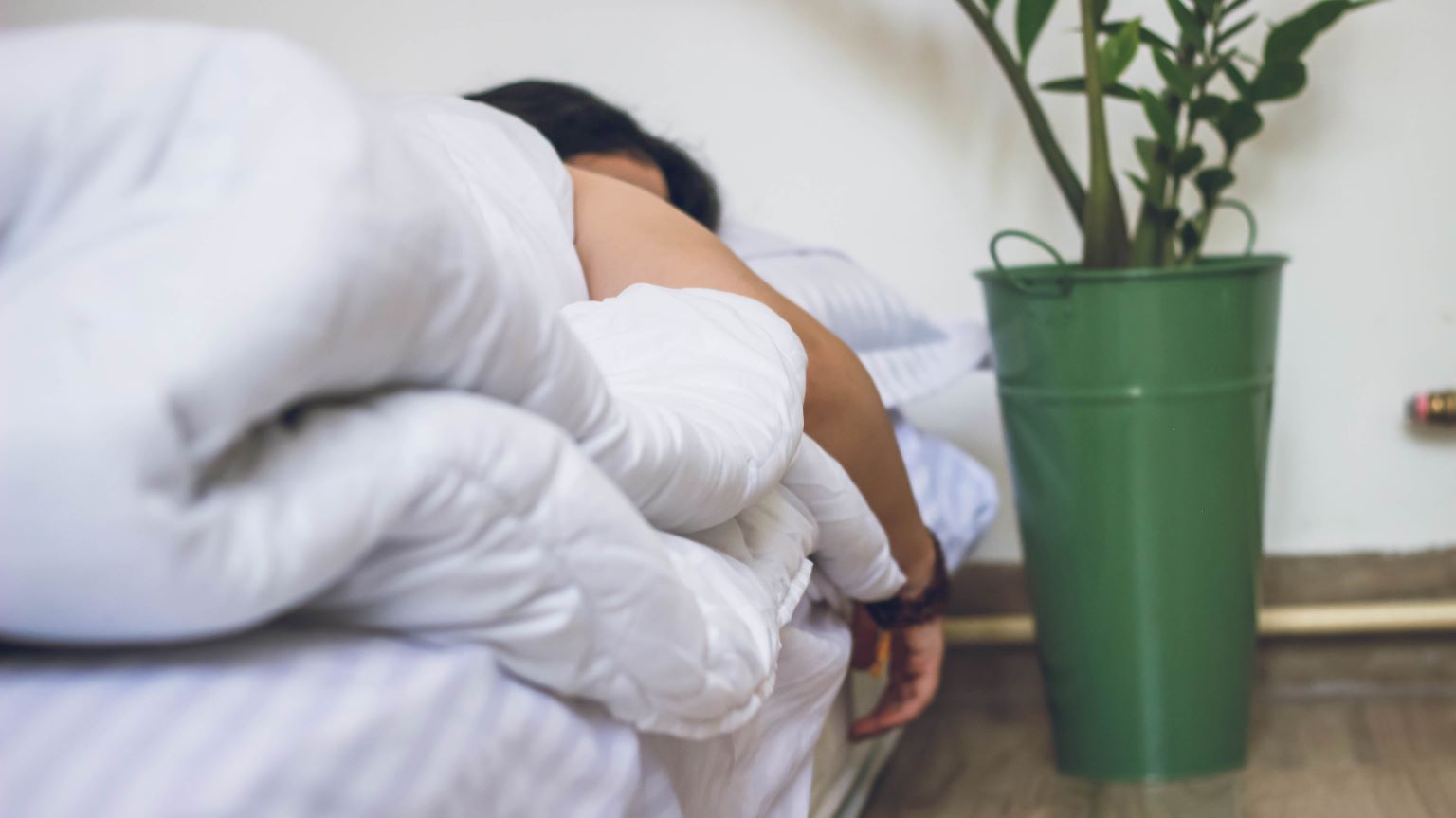Soon, your mattress may trick you into falling asleep quickly

- The hypothalamus serves as the body’s thermostat.
- New research suggests that a temperature-controlled sleep system could fool the hypothalamus to set in motion changes that help us fall asleep.
- The system examined in the research showed a clear effect on the subjects’ circadian rhythms, helping them to fall asleep much faster.
Our sleep patterns are heavily influenced by the circadian rhythms of our bodies. Roughly an hour before your usual bedtime, blood begins to flow away from your internal organs and into extremities including the hands, feet, and face — dissipating heat away from the body’s core.
This flow is controlled by the hypothalamus, a part of the brain that regulates a number of bodily functions and acts as the body’s thermostat. The hypothalamus receives a constant flow of information from temperature sensors in the body’s extremities, each of which holds complex networks of veins and arteries.
Before bedtime, the body’s thermostat instructs a system of nerves positioned along the spinal cord in the neck to dilate these blood vessels. Once we fall asleep, these passages can expand to some 10 times their usual diameter, allowing them to carry up to half of all the blood pumped away from the heart. Our bodies stay in this state until just before we wake up, when blood begins to flow back into the core.
Fooling the hypothalamus
Several research groups have explored how this circadian system could be manipulated to help us fall asleep faster. In 2019, a team led by Harvard Medical School’s Shahab Haghayegh showed how taking a warm bath or shower roughly an hour before going to bed can help us to fall asleep more quickly.
In a new study, Haghayegh’s team took their research a step further. They designed an entire temperature-controlled sleep system meant to trick the body into falling asleep faster. Their system comes in two parts: a heated pillow and a mattress that heats and cools.
For the first 30 minutes after the user turns out the lights, the pillow applies gentle heating to the skin of their neck. The team suggested that by stimulating the nerve cells in the neck’s spinal cord, the heat would cause the brain’s thermostat to think the body’s core temperature is higher than it really is. This in turn should stimulate blood vessels in the hands and feet to dilate, helping blood to flow away from the core more quickly as the user falls asleep.
The mattress has two temperature zones: a cooler area in the center is surrounded by a warm region at the edges. The researchers propose that after the pillow’s heating system switches off automatically, these zones should sustain the dilation of blood vessels in the hands and feet — maintaining a high temperature difference between the body’s core and extremities throughout the night.
To test the performance of their sleep system, Haghayegh’s team enlisted the help of 11 young, healthy participants. Each participant spent one night sleeping on a normal bed, and another on the temperature-controlled mattress and pillow.
To make falling asleep even harder, the researchers asked their participants to go to bed two hours earlier than they normally would — before the circadian rhythms telling them to go to sleep started to kick in. Researchers monitored the participants’ brain activity to measure how long it took for each to fall asleep, and also asked them to report on how well they slept.
The system showed a clear effect on the subjects’ circadian rhythms, helping them to fall asleep in just around 35 minutes — almost 50 minutes faster than they fell asleep on a normal bed. On top of this, the participants were also more likely to report a better quality of sleep with the mattress’ heating and cooling systems turned on.
Commercial possibilities
Haghayegh and her team expect the results to pave the way for commercially available mattresses and pillows that could help improve our sleeping habits. In the longer term, such systems could even stave off sleep-related health conditions.
For now, further engineering innovations will be needed before their heating and cooling systems can be affordably integrated into existing mattress technologies. But by working with manufacturers to build the technology on commercial scales, the researchers hope that a better night’s sleep could soon be available to everyone.





